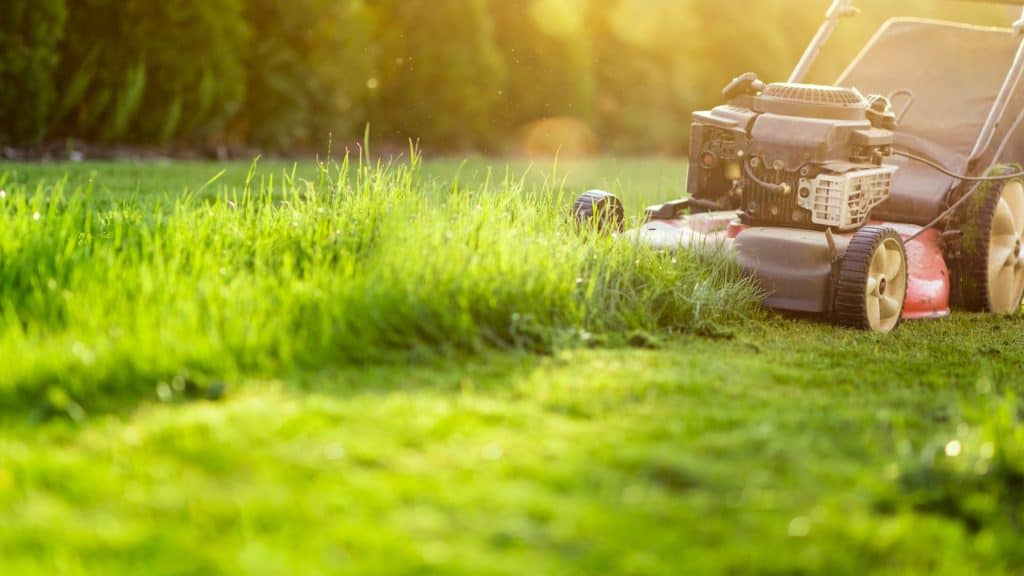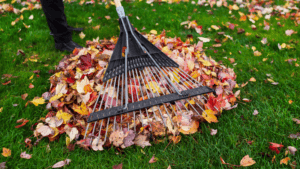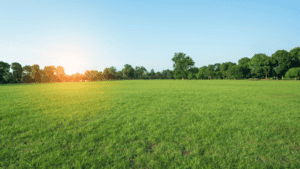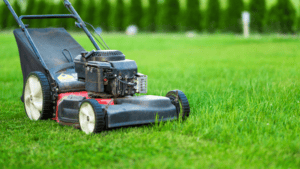With the arrival of summer, many homeowners are excited to spend time outdoors, enjoying the beauty of their lush green lawns. However, just as plants flourish in the warm weather, so do various lawn diseases that can quickly turn your vibrant lawn into a patchy, unsightly mess. To help you maintain a healthy and disease-free lawn this summer, we’ll explore three major lawn diseases, their prevention strategies, and effective treatment methods.
Brown Patch:
Brown patch is a prevalent lawn disease that thrives in hot and humid conditions, making it a common sight during summer. This fungal infection primarily affects cool-season grasses like Kentucky bluegrass, fescue, and ryegrass. It appears as circular or irregular-shaped brown patches that can range from a few inches to several feet in diameter.
Prevention:
- Mow your lawn at the recommended height for your grass type to promote airflow and reduce moisture retention.
- Water your lawn deeply and infrequently, preferably in the early morning, to allow the grass to dry throughout the day.
- Avoid over-fertilizing, as excessive nitrogen promotes disease growth.
- Improve soil drainage by aerating compacted soil.
Treatment:
- Apply a fungicide specifically designed for brown patch control, following the instructions carefully.
- Remove excess thatch and improve lawn ventilation.
- Water early in the morning to allow the grass blades to dry throughout the day.
- Avoid mowing when the grass is wet to prevent spreading the disease.
Dollar Spot:
Dollar spot is another common summer lawn disease caused by a fungus. It appears as small, silver dollar-sized patches with straw-colored centers and reddish-brown borders. This disease primarily affects warm-season grasses, such as Bermuda grass and Zoysia grass.
Prevention:
- Avoid excessive nitrogen fertilization, as it promotes disease development.
- Water deeply but infrequently, ensuring the lawn has enough time to dry out between watering sessions.
- Improve air circulation by pruning trees and shrubs around the lawn.
- Remove excessive thatch buildup to minimize disease-friendly environments.
Treatment:
- Apply a fungicide labeled for dollar spot control, following the manufacturer’s instructions.
- Water in the early morning to allow the grass to dry before evening.
- Mow regularly, maintaining the recommended height for your grass type.
- Avoid watering in the late afternoon or evening, as prolonged moisture favors disease development.
Powdery Mildew:
Powdery mildew is a common fungal disease that can affect various grass species, particularly in warm and dry summer conditions. It appears as a white, powdery coating on the grass blades, often accompanied by stunted growth and yellowing.
Prevention:
- Plant disease-resistant grass varieties suitable for your region.
- Provide adequate spacing between plants to promote airflow and reduce humidity.
- Water early in the day to allow the grass to dry before evening.
- Avoid excessive fertilization, as it can promote disease development.
- Remove weeds and debris that can harbor fungal spores.
Treatment:
- Prune trees and shrubs to increase sunlight and airflow.
- Apply a fungicide recommended for powdery mildew control, following the manufacturer’s instructions.
- Remove severely infected grass blades to prevent further spread.
- Avoid overhead watering, as it can promote disease development.
Preventing and treating lawn diseases during the summer is essential for maintaining a healthy and vibrant lawn. By following the prevention strategies mentioned above and promptly addressing any signs of disease, you can ensure that your lawn remains lush and disease-free throughout the summer season. Remember to consult with lawn care professionals or extension services if you require further guidance specific to your lawn’s needs. Enjoy your summer with a beautiful and thriving lawn.



